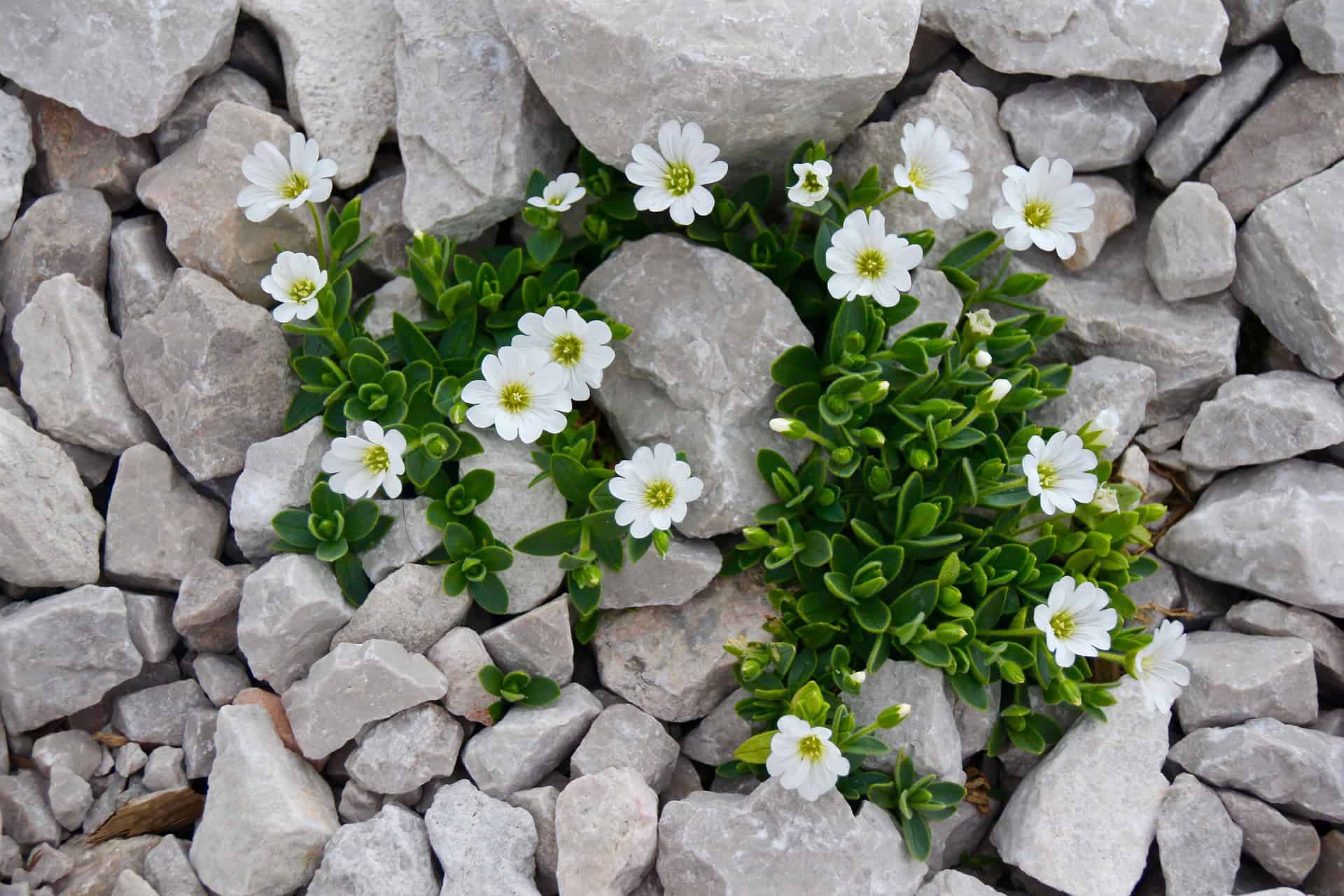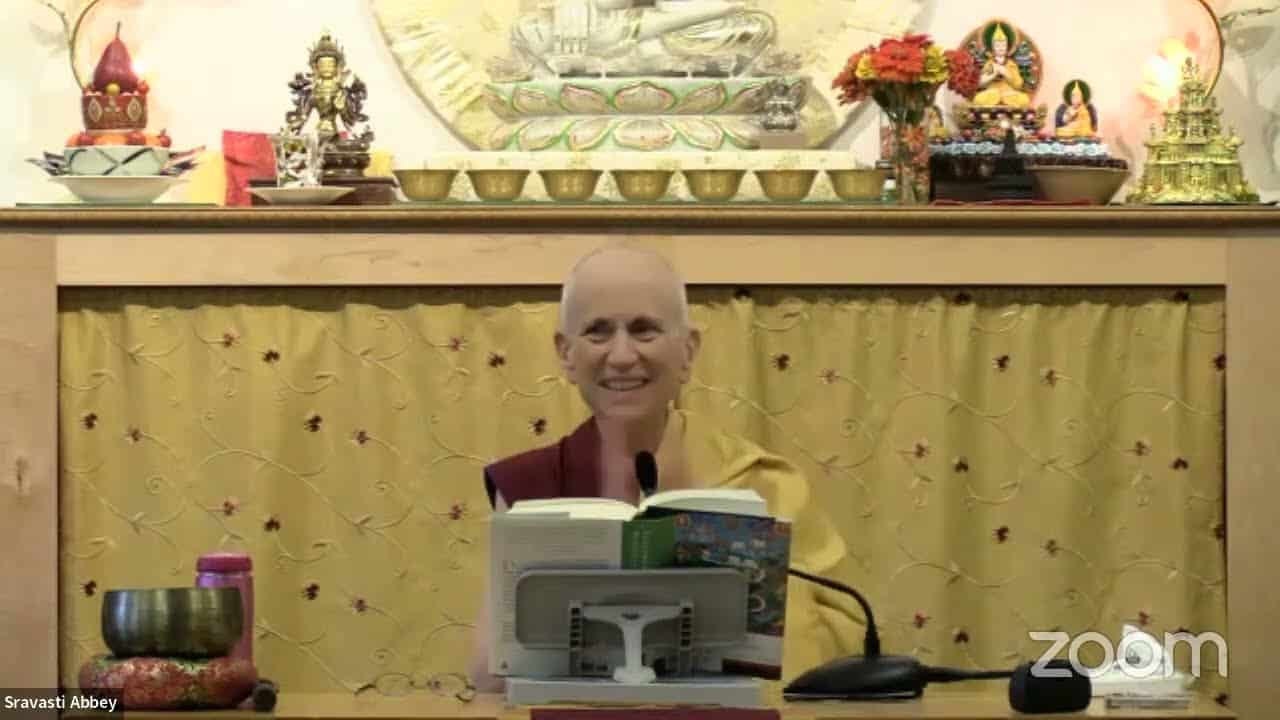The five appropriated aggregates are suffering
37 Middle-Length Lamrim
Part of a series of weekly teachings on Lama Tsongkhapa's Middle-Length Treatise on the Stages of the Path to Enlightenment.
- Guided meditation on the five aspects of the suffering of aging
- The five appropriated aggregates are suffering
- They are the vessel of suffering yet to come
- They are the vessel of the suffering already arisen
- The are the vessel for the suffering of suffering
- They are the vessel for the suffering of change
- The are in the nature of the suffering of conditioning
- The purpose of contemplating suffering is the develop disenchantment with samsara
- Control, influence and choice with regard to karma and afflictions
- The six types of suffereing
- Having to discard one’s body again and again
- The is no certainty in samsara
- Companions don’t go with us at death
- Being born again and again
- There is no satisfaction in samsara
Venerable Sangye Khadro
California-born, Venerable Sangye Khadro ordained as a Buddhist nun at Kopan Monastery in 1974 and is a longtime friend and colleague of Abbey founder Venerable Thubten Chodron. She took bhikshuni (full) ordination in 1988. While studying at Nalanda Monastery in France in the 1980s, she helped to start the Dorje Pamo Nunnery, along with Venerable Chodron. Venerable Sangye Khadro has studied with many Buddhist masters including Lama Zopa Rinpoche, Lama Yeshe, His Holiness the Dalai Lama, Geshe Ngawang Dhargyey, and Khensur Jampa Tegchok. At her teachers’ request, she began teaching in 1980 and has since taught in countries around the world, occasionally taking time off for personal retreats. She served as resident teacher in Buddha House, Australia, Amitabha Buddhist Centre in Singapore, and the FPMT centre in Denmark. From 2008-2015, she followed the Masters Program at the Lama Tsong Khapa Institute in Italy. Venerable has authored a number books found here, including the best-selling How to Meditate. She has taught at Sravasti Abbey since 2017 and is now a full-time resident.


